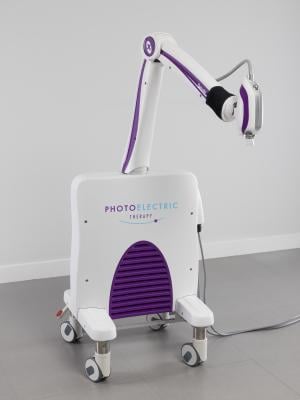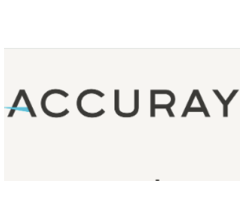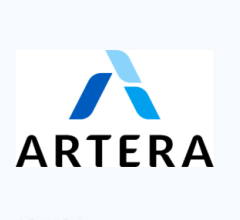
October 20, 2017 — Xstrahl announced that its Photoelectric Therapy System has received U.S. Food and Drug Administration (FDA) 510(k) clearance for treatment of skin cancer. The Photoelectric Therapy System is a compact and ergonomic superficial X-ray therapy system operating in the 10kV to 80kV range intended for superficial radiotherapy and surface electronic brachytherapy treatment of primary malignant epithelial neoplasms of the skin and keloids.
Utilizing trusted and clinically proven low energy photons in a dedicated treatment system, the Photoelectric Therapy System provides a pain-free, non-surgical alternative for the treatment of non-melanoma skin cancer and superficial lesions, especially those found in sensitive areas of the head and neck.
Using an ideal depth dose profile for the treatment of superficial skin lesions, the high dose output enables treatment times to be kept to a minimum in the same manner as electronic brachytherapy systems while treating a wider range of skin conditions. The low half-value layer (HVL) of the system allows for higher doses without compromising on depth of delivery.
Typical applications include treatment for:
- Basal cell carcinoma;
- Squamous cell carcinoma;
- Metatypic carcinoma;
- Cutaneous appendage carcinoma;
- Karposi's sarcoma;
- Merkel cell carcinoma;
- Lentigo maligna;
- Lentigo maligna melanoma;
- Cutaneous lymphomas (B and T cell); and
- Keloids.
The system is freestanding, self-contained, unobtrusive, compact and lightweight, which helps to ensure a reassuring and stress-free patient experience in any clinical facility. The system is mounted on lockable castors, allowing free movement and operation in any clinical space. It features ergonomically designed controls ensuring smooth adjustment and safe, simple patient set-up. The system requires connection to the clinical facilities electrical supply and room interlocks, but generates X-rays using a 24V power supply.
Photoelectric therapy devices require minimal shielding as compared to higher energy X-ray therapy systems.
For more information: www.xstrahl.com


 December 11, 2025
December 11, 2025 









